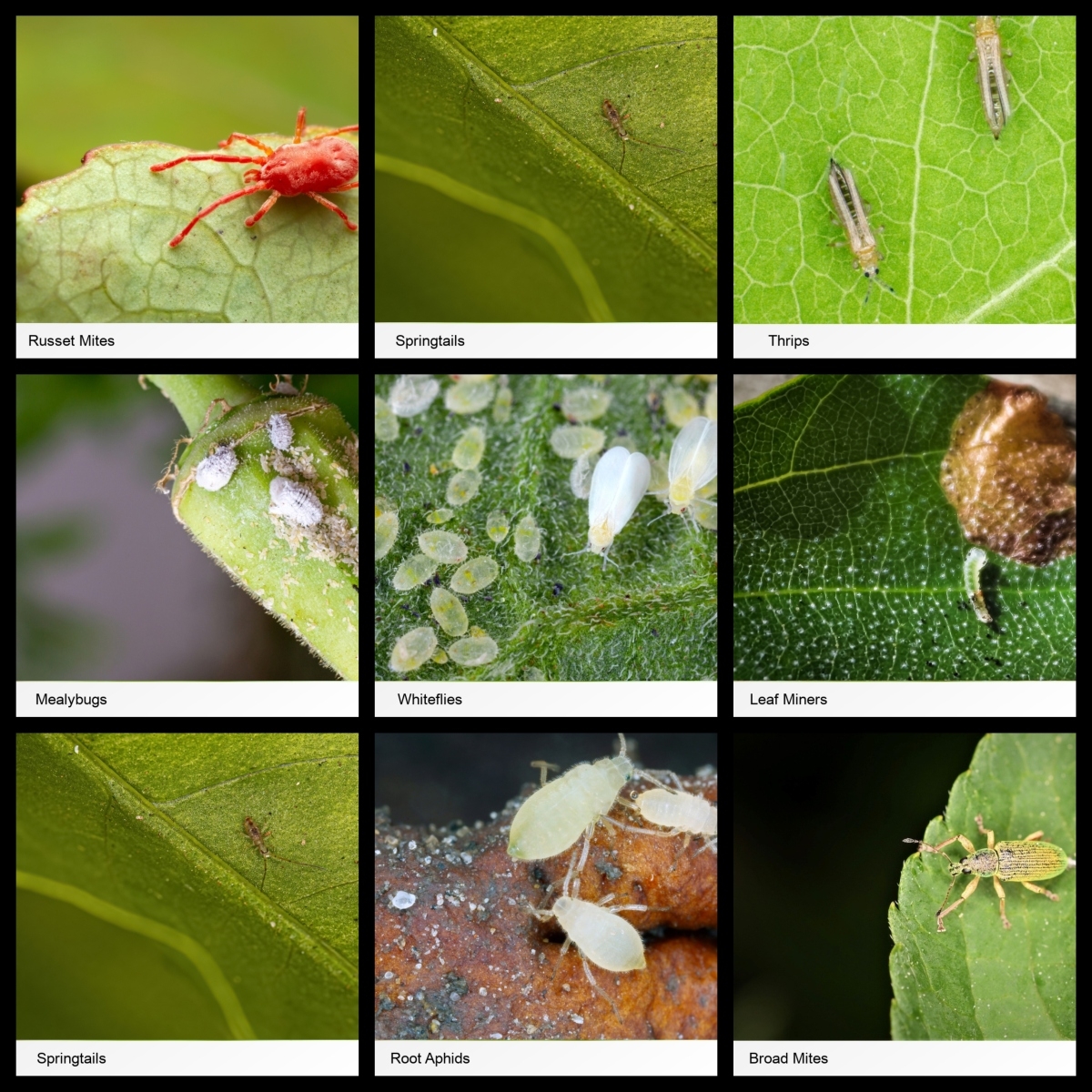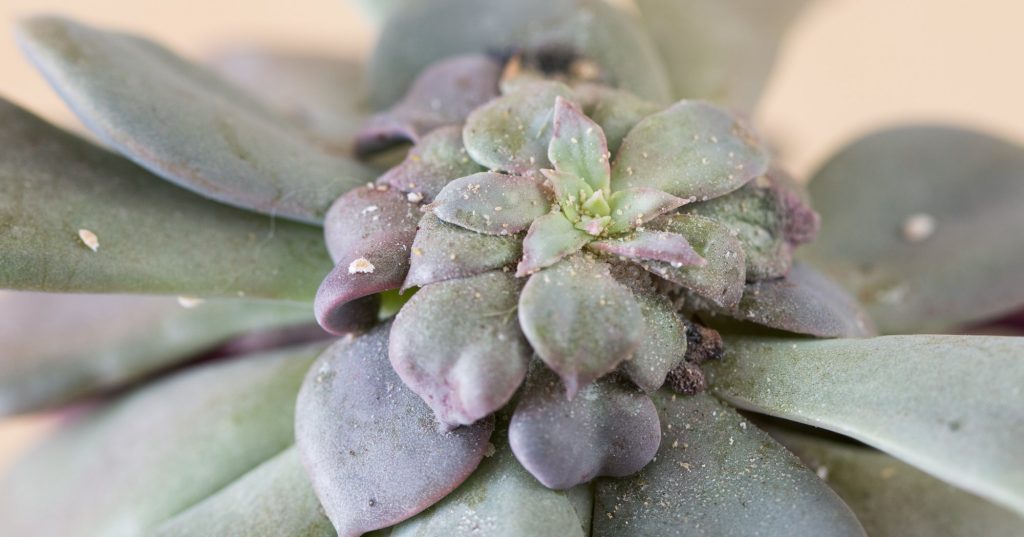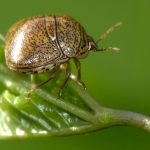If you have succulents, you know how beautiful they can be. Unfortunately, succulents can also be plagued by bugs. If you’re looking for tips on how to get rid of bugs on succulents, then this article is for you. In it, I’ll explain the best strategies for effective bug control and provide tips on how to get rid of bugs on succulents. So, if you’re ready to learn how to get rid of bugs on succulents, keep reading!
Identifying Succulent Pests

Aphids are small, pear-shaped insects that feed on succulent sap. Mealybugs are small, white, cottony insects that like to hide in the crevices of succulents. Thrips are slender, tiny insects that are often found in flowers. Spider mites are small, red, spider-like insects that spin webs on succulent leaves.
Removing Succulent Pests
The best way to get rid of bugs on succulents is to manually remove them. Use a cotton swab dipped in rubbing alcohol to remove aphids and mealybugs from the plant. To remove thrips, use a vacuum cleaner or insecticidal soap. To get rid of spider mites, use a damp cloth to remove the webs, then spray the plant with an insecticidal soap.
Prevention of Succulent Bugs

Regularly inspect your succulents for signs of bugs. A good way to do this is to use a magnifying glass and inspect the underside of the leaves and along the stems. Check for any small spots, webbing, or other signs of bugs.
To help prevent an infestation, regularly water your succulents with a spray bottle, rather than immersing them in water. This will help keep the soil dry and reduce the chances of bugs breeding.
Keep your succulents away from other plants, as well as any sources of heat or light that could attract bugs.
If you’ve recently purchased a succulent, inspect it for signs of bugs before bringing it home. If you find any, it’s best to leave the plant at the store.
When re-potting succulents, use a potting mix specifically formulated for succulents. This will reduce the chances of bugs being introduced to your home.
Finally, if you have plants that are already infested, it’s best to get rid of them rather than trying to save them. Keeping infected plants can spread the infestation to other plants in your home.
Natural Remedies

1 Neem Oil
Neem oil is a natural pesticide derived from the neem tree and works to kill the bugs on succulents. It’s safe to use on plants and can be applied with a spray bottle. Spray the neem oil solution directly on the affected plants and bugs. Re-apply every few days until the bugs are gone.
2 Insecticidal Soap
Insecticidal soap is also a natural remedy for bugs on succulents. It works by breaking down the bug’s waxy outer coating, causing them to dehydrate and die. Mix a solution of insecticidal soap and water, and then apply it to the affected plants with a spray bottle. Re-apply every few days until the bugs are gone.
3 Garlic

- Crush three cloves of garlic and add them to one cup of water.
- Bring the mixture to a boil and let it simmer for 15 minutes.
- Strain the liquid and pour it into a spray bottle. Spray the succulents with the garlic mixture to get rid of bugs.
4 Diatomaceous Earth

- Sprinkle diatomaceous earth on the soil around the succulent, as well as on the leaves and stems.
- Make sure the diatomaceous earth is evenly distributed.
- Leave it on for several days.
- Remove the diatomaceous earth when you’re finished and discard it.
Diatomaceous earth is a powdery substance made from the fossilized remains of tiny aquatic organisms called diatoms. It works by penetrating the exoskeletons of insects and dehydrating them. This makes it an effective pest-control remedy, as it is safe to use on succulents without damaging the plant.
5 Alcohol

I’ve had great success using a 50/50 mixture of rubbing alcohol and water to get rid of bugs on succulents. This mixture can be sprayed directly onto the affected succulents, making sure to cover all surfaces of the plant. The alcohol will kill any bugs on contact and also help to prevent any new infestations. For tougher infestations, use a stronger mixture of 70/30 alcohol/water. Make sure to test a small area of the plant before spraying the entire plant, as the alcohol can damage some succulents if applied too heavily.
Chemical Remedies

- Neem oil is a natural insecticide that can be diluted and sprayed onto the succulent to kill any bugs.
- Insecticidal soaps, such as Safer Soap, can be used to kill bugs on contact. Be sure to spray the entire succulent including the underside of the leaves.
- Pyrethrin-based insecticides are effective for killing certain types of bugs. Follow the instructions on the label for proper application.
- Systemic insecticides, such as imidacloprid, can be applied to the soil of the succulent. These insecticides are absorbed by the plant and can help to control bug populations.
Be sure to take all necessary safety precautions when using any chemical products. Also, be sure to apply the product correctly and follow the instructions on the label. If in doubt, consult a professional.
Cleaning Your Succulents

The best way to get rid of bugs on succulents is to physically remove them. Start by gently brushing off any visible insects with a soft brush. You may also want to inspect the succulents for eggs. Remove any eggs you find by hand or with tweezers.
Once you’ve removed any visible bugs, it’s time to clean the succulents. This can be done with a cotton swab and rubbing alcohol. Dip the swab in the alcohol and then gently rub it over the leaves of the succulent. This will kill any remaining bugs and eggs.
Another option for cleaning succulents is to use a mild soap solution. Mix a few drops of dish soap with warm water and then use a soft cloth to wipe the succulent leaves. This will remove any dirt that may be harboring bugs or eggs.
Once the succulents are clean, you may want to rinse them off with water. This will remove any soap residue from the leaves. Then, place the succulents in a dry, sunny area to allow them to dry completely.
By following these steps you can effectively get rid of bugs on your succulents and keep them clean.
Repotting Your Succulents
Repotting succulents is one of the best ways to get rid of bugs. This is because these pests can often get stuck in the soil and then spread to other plants. To repot your succulents, make sure to remove the plant from its current pot, and then rinse it off with water to remove any pests or eggs. Then, choose a new pot with fresh soil and use a pair of scissors to cut off any dead or damaged leaves. Finally, replant the succulent in the new pot, water it, and place it in a sunny spot. By doing this, you can ensure that the soil remains clean and free of pests.
Moving Your Succulents Outdoors
- Check the temperature outside. Succulents don’t do well in temperatures below 50°F.
- Check the sunlight. Succulents need between four to six hours of sunlight a day.
- Choose the right spot. Pick a spot that is out of the wind and is well drained.
- Move the succulents. Move the succulents slowly, taking care to not disturb the soil around the roots.
- Check for bugs or pests. Inspect the succulents for any bugs or pests prior to moving them outdoors.
- Water the succulents. When you move the succulents outdoors, water them a bit more than usual.
Frequently Asked Questions
What kind of bugs are commonly found on succulents?
Common pests of succulents include aphids, mealybugs, scale insects, thrips, spider mites, and whiteflies. These pests can cause damage to the succulent plant, such as loss of leaves or discoloration.
What are the signs of a succulent infested with bugs?
Signs of a succulent infested with bugs include wilting, yellowing, or discolored leaves; decreased growth; visible pests or eggs; and sticky or web-like residue on leaves and stems. Infestations can also cause leaves to drop prematurely. Inspect plants regularly for signs of pests to catch any infestations early.
What are some effective ways to get rid of bugs on succulents?
To effectively get rid of bugs on succulents, one can use a combination of manual removal, neem oil and insecticidal soap. Manual removal involves using a cotton swab to remove visible bugs and eggs from the leaves. Neem oil is a natural insecticide that can be sprayed directly on the infested plant. Insecticidal soap is also effective in killing bugs and can be used as a preventive measure against future infestations. Finally, introducing beneficial insects such as ladybugs can help to control the bug population around succulents.
Is it Possible to Prevent Succulent Bugs from Occurring in the Future?
Yes, it is possible to prevent succulent bugs from occurring in the future. The key is to keep succulents healthy and pest-free by providing adequate light, water, and nutrients. Remove any dead leaves or stems, as these can be breeding grounds for bugs. Regularly inspect plants for signs of infestation and take appropriate action if any are found. A healthy, well-cared-for succulent is less likely to become infested with bugs, making prevention an important step in keeping succulents healthy and bug-free.
Are there any natural remedies that can be used to eliminate bugs on succulents?
Yes, there are a variety of natural remedies that can be used to get rid of bugs on succulents. These include using essential oils like neem oil, garlic, and peppermint oil, as well as dish soap and rubbing alcohol. Spraying plants with a combination of these ingredients can help to eliminate bugs without harming the succulents. Additionally, introducing beneficial insects to the environment, such as ladybugs, can help to keep the bug population in check.
Conclusion
I’ve shared a few tips for how to get rid of bugs on succulents. To effectively get rid of the bugs, I recommend a combination of manual removal, insecticidal soap, neem oil, and other pesticides. Make sure to monitor your succulents regularly and take proactive measures to prevent bug infestations. With the right approach and a little bit of patience, you can keep your succulents bug-free and enjoy their beauty.






